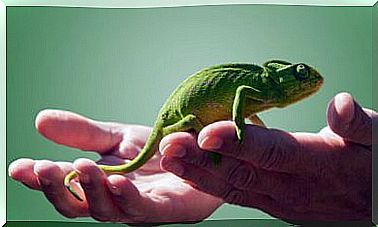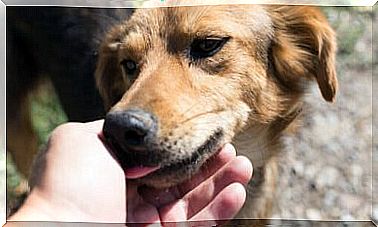Newt Womb Of Fire: Care And Characteristics
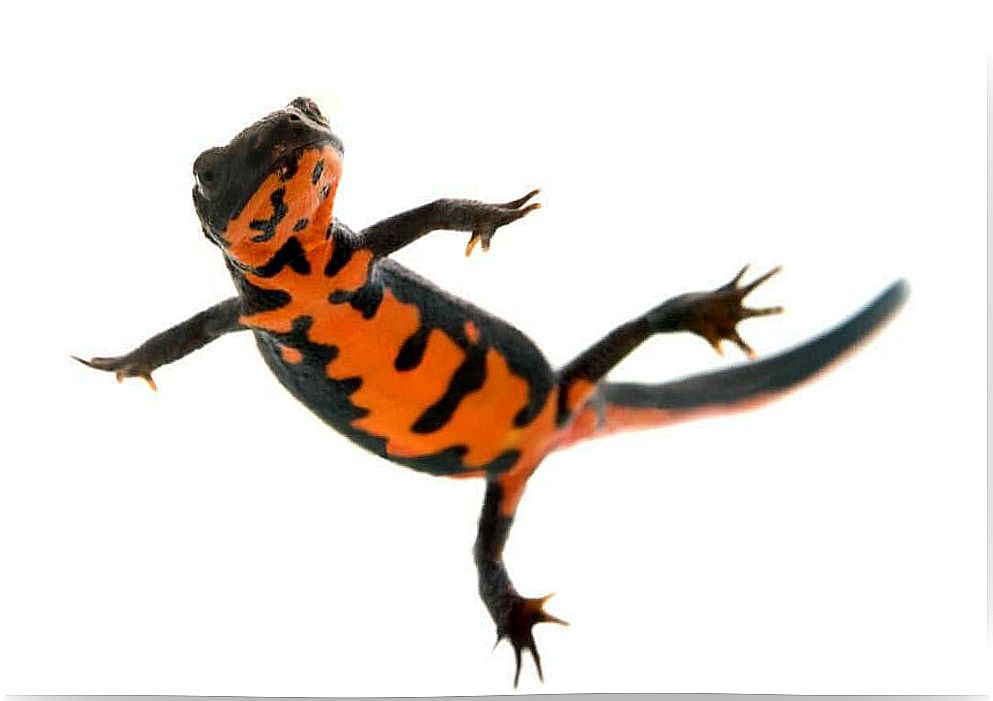
The term “firebelly newt” refers to several species of aquatic salamanders that have become popular as pets in recent years. This is partly due to the fact that they require simpler care compared to other exotic amphibians.
Despite this, we can state that any reptile or amphibian requires more specific care parameters than typical small domestic mammals – hamsters or mice, for example. Therefore, today we are going to present a guide that brings together the basic tips for the care of these fascinating urodelos.
A taxonomic conglomerate
First, one of the most striking things when looking for information about this newt is, without a doubt, the taxonomic chaos in which he is immersed. The most captive-bred and commercialized species was Cynops orientalis , but apparently this amphibian is now part of the genus Hypselotriton .
On the other hand, according to the American Museum of Natural History , there are currently only two species of the genus Cynops : Cynops pyrrhogaster and Cynops ensicauda. The genus Hypselotriton has more representatives, with eight documented species.
In any case, we are faced with a number of newts endemic to China or Japan and, therefore, the care in captivity is relatively similar. The color of all of them is black-brown with an orange belly, and the size is between 6 to 12 centimeters – with variations according to the species.
In summary, we can list three species within this taxonomic conglomerate that were bred in captivity and distributed through the exotic animal market. Are the following:
- Cynops pyrrhogaster : special care must be taken with this species, as it has a lethal toxin for humans.
- Cynops cyanurus.
- Hypselotriton orientalis: the most common of all in terms of sales. It has a slightly toxic potential and therefore some care must be taken when handling it.
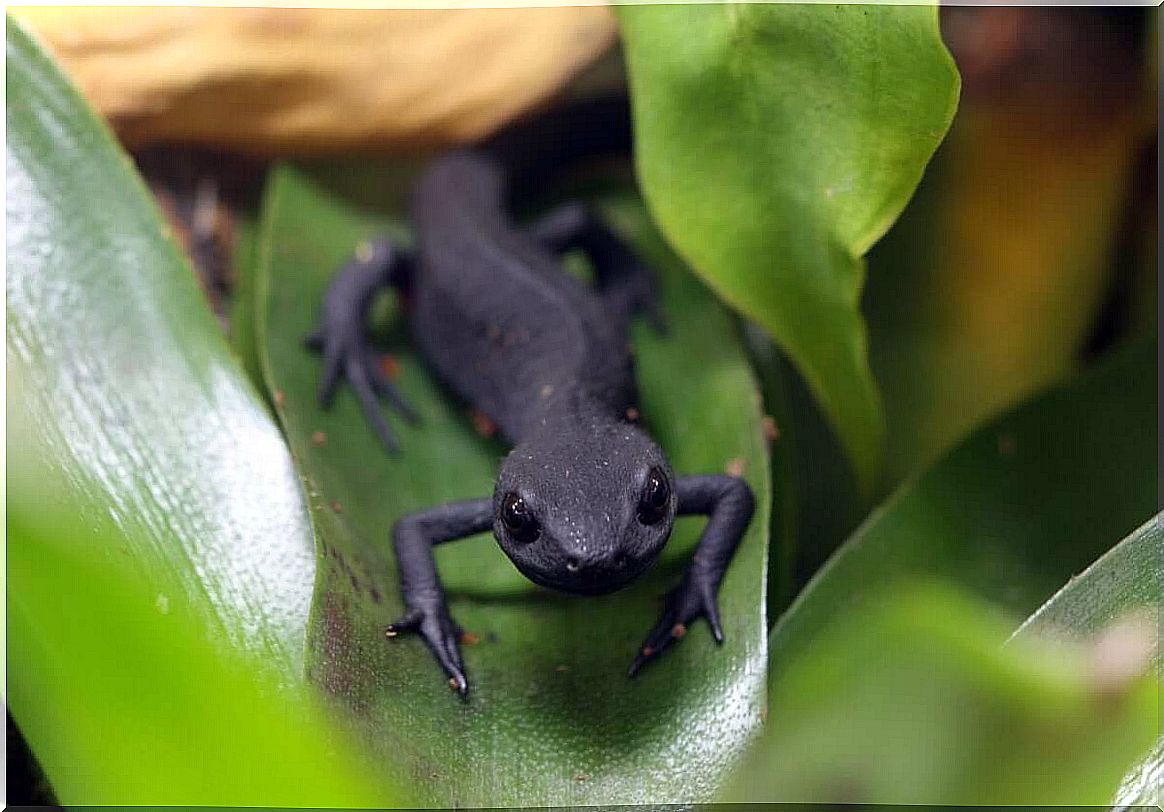
care
Once you have defined the different species for sale, it’s time to dive into the world of their general care. First of all, it is necessary to emphasize that the newt’s belly of fire is mainly aquatic and therefore your house will be more like an aquarium than a terrarium – another good option is a paludarium.
It is possible to put two to three adults for every 40 liters of water, approximately. It is important that the aquarium has a filtration system, as these amphibians require clear water and free from toxic agents. Still, it is not recommended that the filter produce very strong currents, as the animal can be stressed.
With regard to temperature, these animals live in cold environments in nature. Therefore, the ideal range is around 20 to 23 degrees. Although they can withstand extreme temperatures of up to 27 degrees Celsius without problems, in the long run this can damage their immune system and promote the onset of disease.
These amphibians are strictly carnivores, as they feed on invertebrates and small fish. Because of the small size of the mouth, food can be offered in pieces. An ideal food for them are water worms that are sold frozen in “cubes”, also known as tubifex .
A little summary
As in many cases time is pressing and information is better understood when presented in small parts, let’s summarize everything that was said in the previous lines:
- The Fire Belly Newt is a relatively small and poorly territorial amphibian. Therefore, a 40 liter aquarium can easily accommodate a couple.
- Despite being mostly aquatic, these animals require a portion of land.
- The aquarium must have abundant vegetation and have an efficient filtration system.
- The ideal temperature range for them is 20 to 23 degrees Celsius.
- They feed on mosquito larvae, earthworms and almost all types of small invertebrates.
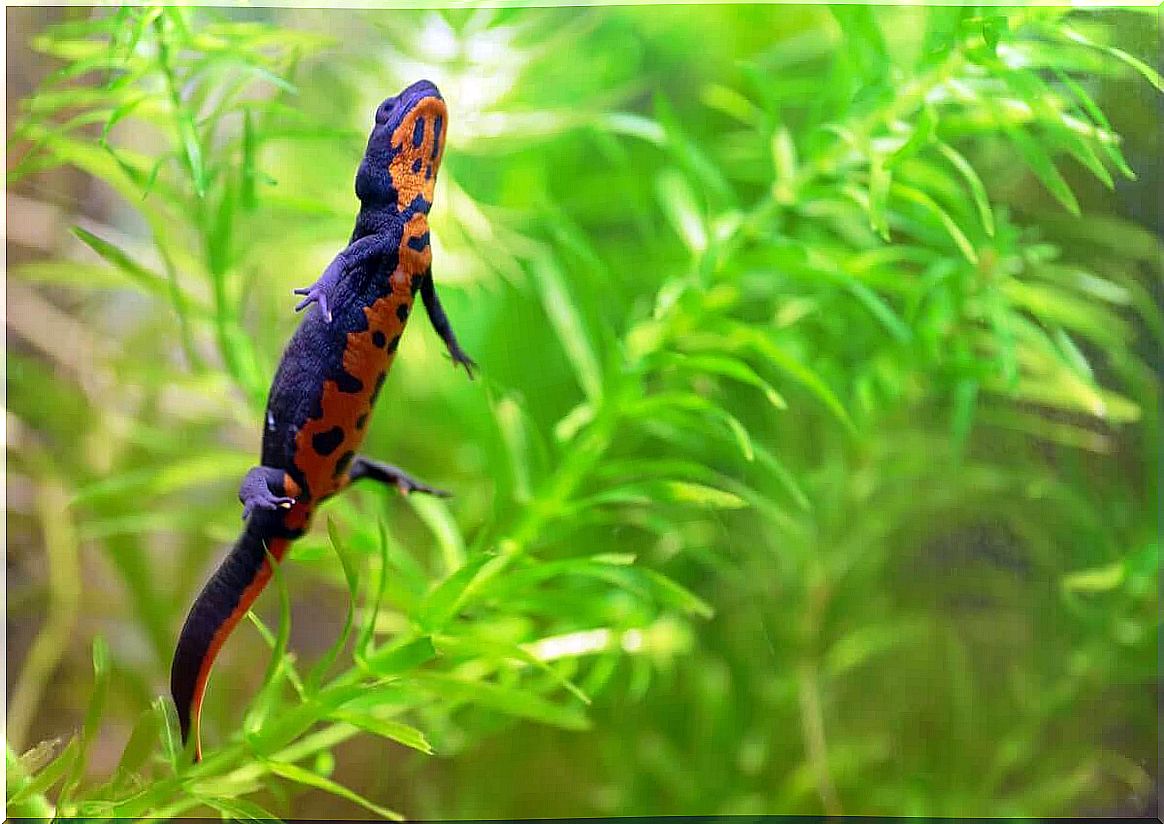
Parameters issue
As we could see, the newt’s belly of fire depends on the temperature of the water and its chemical characteristics to develop correctly. In addition, it must be surrounded by plants, rocks and hiding places so that it does not suffer continuous stress.
Despite its demands, this amphibian is fascinating and the aquarium it inhabits can look like a true pond ecosystem if set up correctly. Without a doubt, the aesthetic value of this animal is incalculable.


